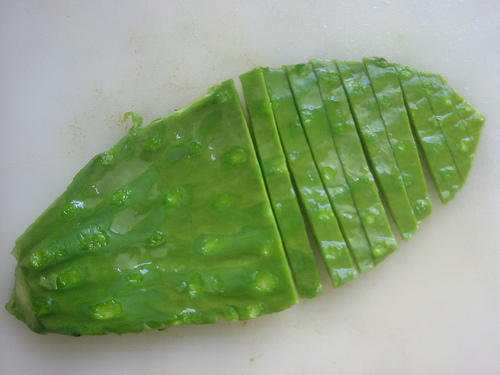
It's one of those really obvious things once you think about it, but feminine hygiene products are so much a part of a woman's life she may have overlooked this part of her hormone-friendly routine.
Monday, at noon EDT, on BlogTalk Radio we're going to be talking to Julia Bucciero of Maxim Hygiene about why you should pay more attention to the details of your pads and tampons.
Broadcast time is Eastern Daylight Time. If you cannot attend live, the recording/podcast will be available afterward at the same URL.
Some of the most intimate contact we have with manufactured products, comes through our use of tampons and pads. Yet, very little is taught to us about how to choose the products that best promote comfort, health, and environmental sustainability.
Julia Bucciero of Maxim Hygiene will be with us …to share how these concerns drove the creation of her company, as well as to teach us a little bit about using feminine hygiene products in a way that doesn't intefere with your goals of best managing your PCOS.
Maxim Hygiene products provide a Softer, Safer and Natural Alternative to Standard Conventional Feminine Hygiene Products with its dynamic line of organic and natural tampons, pads, and cosmetic accessories. Started by a father-daughter duo, Maxim Hygiene is a medium size family run company that believes in and supports quality products and services that offer true health and lifestyle benefits. Maxim Hygiene products use the beneficial qualities of organic and natural cotton to help address and resolve major health and environmental concerns associated with the use and production of conventional feminine hygiene products.

Company story: Maxim was developed after twenty-five years of manufacturing and distribution experience in the feminine hygiene industry, held by company Founder, Kenneth Alvandi. His extensive work on every angle of the business, values for producing quality products, and having three very special women in his life (his wife and two daughters), led him to his vision of taking his years of experience 'to the max' by creating safer and more natural products for women. Inspired by her father’s vision, Rebecca teamed up with Kenneth for Maxim’s official launch in 2008, and since then they've been working to change the face and feel of feminine hygiene with Maxim, a Soft, Safe and Natural alternative to conventional feminine hygiene products. As a father and daughter team, Kenneth and Rebecca combine Ken’s industry knowledge and Rebecca’s feminine perspective with their homegrown values for the Body, Earth and Health, to provide a range of natural lifestyle products to best suit personal hygienic needs. Kenneth and Rebecca, now joined by the rest of the Maxim Hygiene team, plan to make many more exciting advances in expanding the Maxim Hygiene product line under the Maxim Hygiene philosophy.
If you cannot attend live, be sure to find the recorded broadcast in our archives, you can listen to it on your computer or download it as a podcast!







